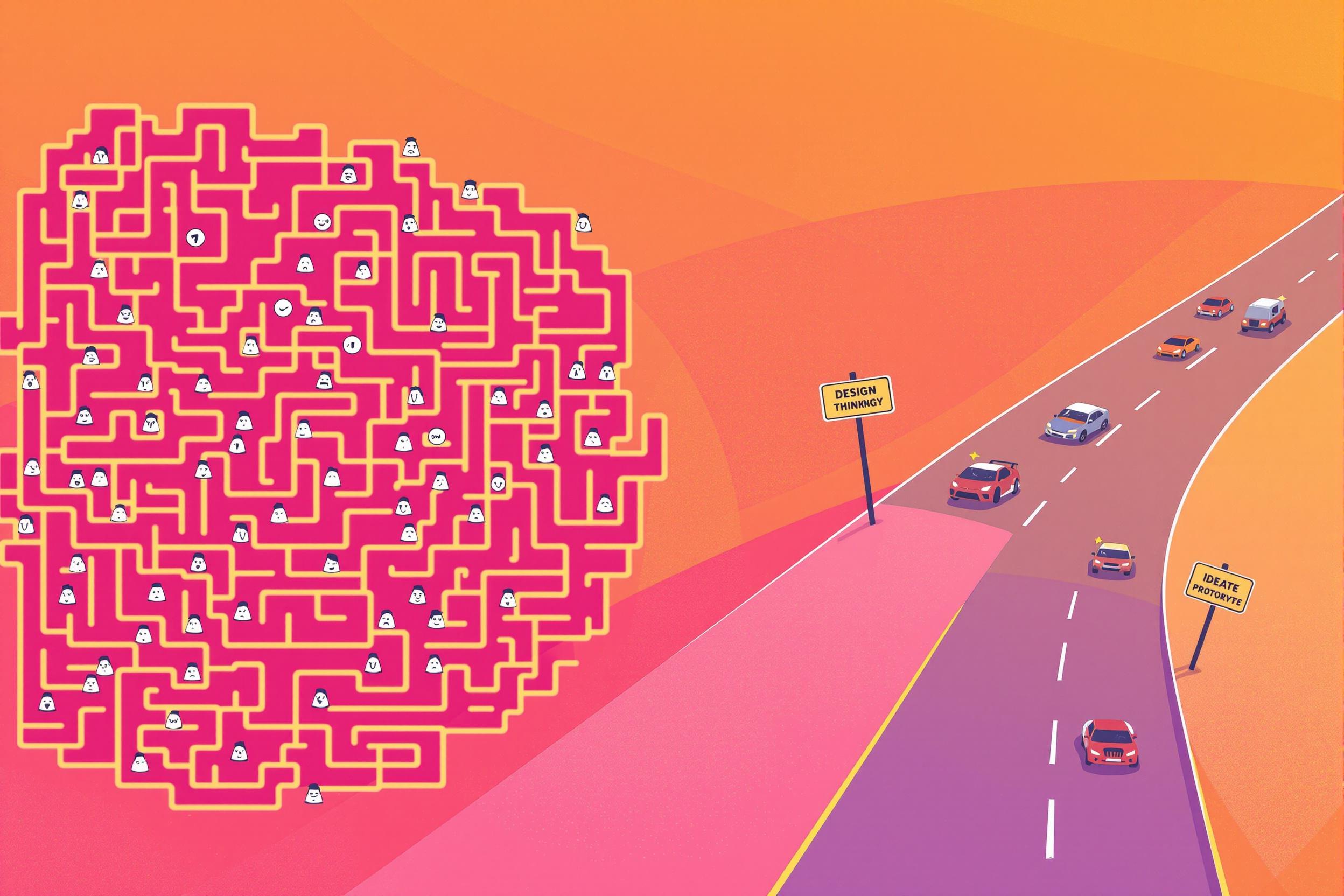
Menu Engineering
Menu Engineering is a method restaurants use to create and adjust their menus to increase profits. It's like being a menu designer and business strategist combined. This involves analyzing which dishes make the most money, deciding how to arrange items on the menu, choosing the right prices, and using psychology to encourage customers to order certain dishes. It's similar to how retail stores arrange products on shelves to boost sales, but for restaurant menus. Other names for this work include "menu optimization" or "menu analysis."
Examples in Resumes
Increased restaurant profits by 25% through Menu Engineering strategies
Applied Menu Engineering techniques to redesign seasonal menus
Led Menu Analysis projects across multiple restaurant locations
Implemented Menu Optimization strategies resulting in 15% revenue growth
Typical job title: "Menu Engineers"
Also try searching for:
Where to Find Menu Engineers
Professional Associations
Online Communities
Job Resources
Example Interview Questions
Senior Level Questions
Q: How would you approach menu engineering for a chain of restaurants with different local markets?
Expected Answer: Should discuss analyzing local demographics, pricing strategies for different markets, maintaining brand consistency while allowing for regional variations, and methods for tracking and comparing performance across locations.
Q: Describe a situation where you significantly improved a restaurant's profitability through menu engineering.
Expected Answer: Should provide specific examples of analyzing menu performance, implementing changes, and measuring results. Should mention factors like item placement, pricing strategies, and how they handled any challenges during implementation.
Mid Level Questions
Q: How do you determine if a menu item should be removed or repriced?
Expected Answer: Should explain basic profitability analysis, consideration of food costs, popularity metrics, and understanding of menu mix principles. Should mention both financial and customer satisfaction factors.
Q: What strategies do you use to encourage customers to order high-profit items?
Expected Answer: Should discuss menu layout techniques, item descriptions, visual highlights, and pricing psychology, while showing understanding of customer behavior and preferences.
Junior Level Questions
Q: What are the basic components of menu analysis?
Expected Answer: Should be able to explain food cost calculation, price points, popularity tracking, and basic profit margin concepts in simple terms.
Q: How do you calculate food cost percentage?
Expected Answer: Should demonstrate understanding of basic math for food cost calculations: ingredient costs divided by selling price, and why this matters for menu pricing.
Experience Level Indicators
Junior (0-2 years)
- Basic food cost calculations
- Understanding menu layout principles
- Knowledge of point-of-sale systems
- Basic data collection and analysis
Mid (2-5 years)
- Menu profitability analysis
- Price point optimization
- Customer behavior analysis
- Menu design and layout expertise
Senior (5+ years)
- Multi-location menu strategy
- Advanced profit optimization
- Team training and development
- Market trend analysis
Red Flags to Watch For
- No understanding of basic food costs and pricing
- Lack of experience with restaurant operations
- Unable to explain basic profit calculations
- No knowledge of point-of-sale systems
- No experience analyzing sales data
Need more hiring wisdom? Check these out...

Career Site SEO: Unlock Ridiculous Visibility and Attract Rockstar Candidates

How Internal Gig Marketplaces Revolutionize Employee Development

Beyond Spreadsheets: Why Executive Dashboards in ATS Systems Are Your Secret Hiring Weapon

